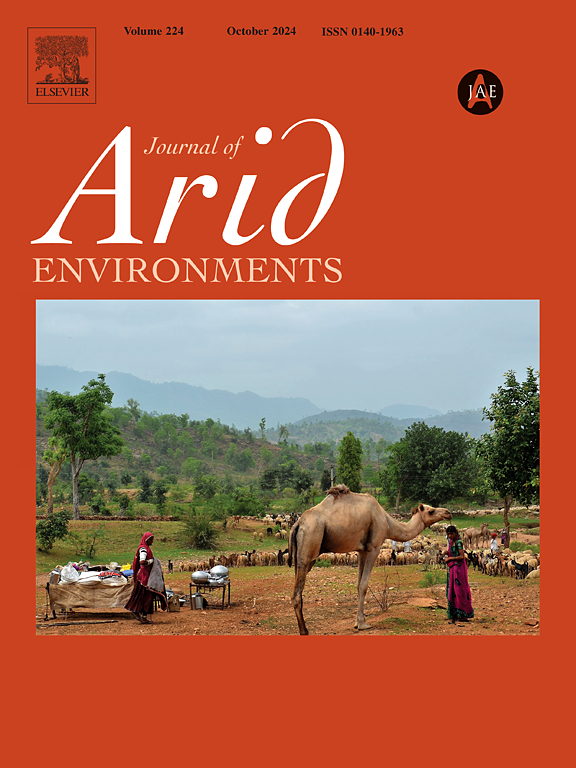世代喂养:重新审视猫鼬的饮食
IF 2.6
3区 环境科学与生态学
Q2 ECOLOGY
引用次数: 0
摘要
我们调查了生活在随机旱地的群居食肉动物猫鼬(Suricata suricatta)的饮食和觅食行为,并检查了饮食的季节性和年龄相关变化。食虫比例最高(88.4%),其次是蛛形纲(5.7%)、双足纲(4.3%)和爬行纲(1.1%)。昆虫目中,鞘翅目占70.4%,鳞翅目次之,膜翅目次之。猫鼬的食性存在季节差异,3个主要的鞘翅目科全年均有食性,但湿季对鞘翅目成虫的食性高于干季。结果表明,成年猫鼬(24月龄)捕食的大型猎物最多,而亚成年猫鼬(6-10月龄)捕食的小型甲虫数量最多。雏鸟(15 ~ 24月龄)食用量最高。狐獴饮食中鞘翅目的高比例是否反映了与相对高丰度的鞘翅目相关的饮食机会主义,或者是不考虑丰度的饮食专业化,仍有待确定。本文章由计算机程序翻译,如有差异,请以英文原文为准。
Feeding through the ages: Revisiting the diet of meerkats
We investigated the diet and foraging behaviour of a social carnivore, the meerkat (Suricata suricatta), living in stochastic dryland, and examined seasonal, as well as age-related variation in diet. Insecta constituted the highest percentage of prey eaten (88.4%), followed by Arachnida (5.7%), Diplopoda (4.3%), and Reptilia (1.1%). Within Insecta, Coleoptera (70.4%) was the most dominant prey order in the diet, followed by Lepidoptera and Hymenoptera. There was seasonal variation in the diet of meerkats, with the three main Coleoptera families eaten year-round, but higher consumption of Coleoptera adults in the wet season than in the dry season. We found that old adult meerkats (>24 months) consumed the most large-sized prey, while sub-adults (6–10 months) had the highest prey count of small adult Carabidae beetles. Yearlings (15–24 months) ate the highest percentage of Hepialidae caterpillars. Whether the high representation of Coleoptera in the meerkat diet reflects dietary opportunism associated with the relatively high abundance of Coleoptera, or specialisation in the diet regardless of abundance, remains to be determined.
求助全文
通过发布文献求助,成功后即可免费获取论文全文。
去求助
来源期刊

Journal of Arid Environments
环境科学-环境科学
CiteScore
5.70
自引率
3.70%
发文量
144
审稿时长
55 days
期刊介绍:
The Journal of Arid Environments is an international journal publishing original scientific and technical research articles on physical, biological and cultural aspects of arid, semi-arid, and desert environments. As a forum of multi-disciplinary and interdisciplinary dialogue it addresses research on all aspects of arid environments and their past, present and future use.
 求助内容:
求助内容: 应助结果提醒方式:
应助结果提醒方式:


